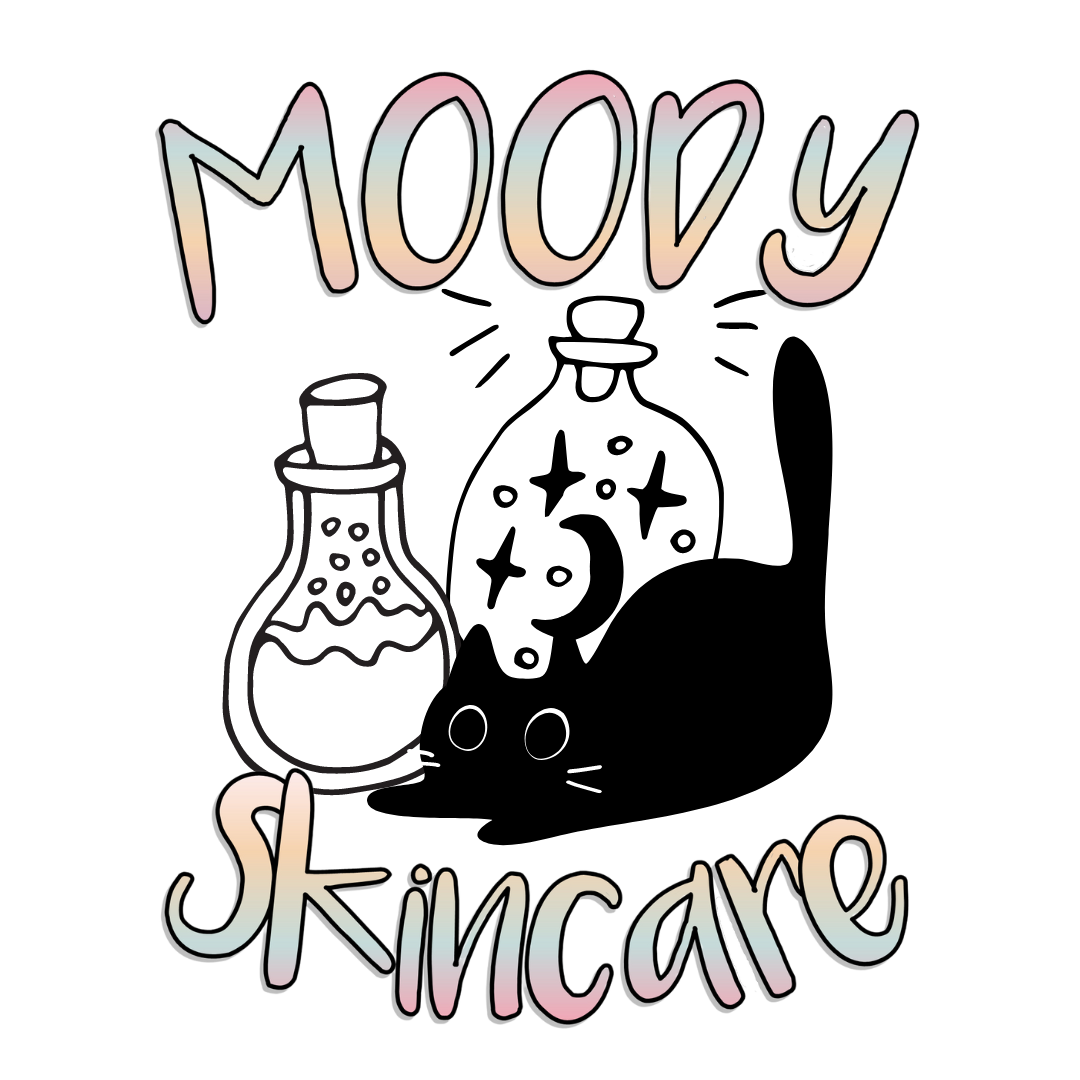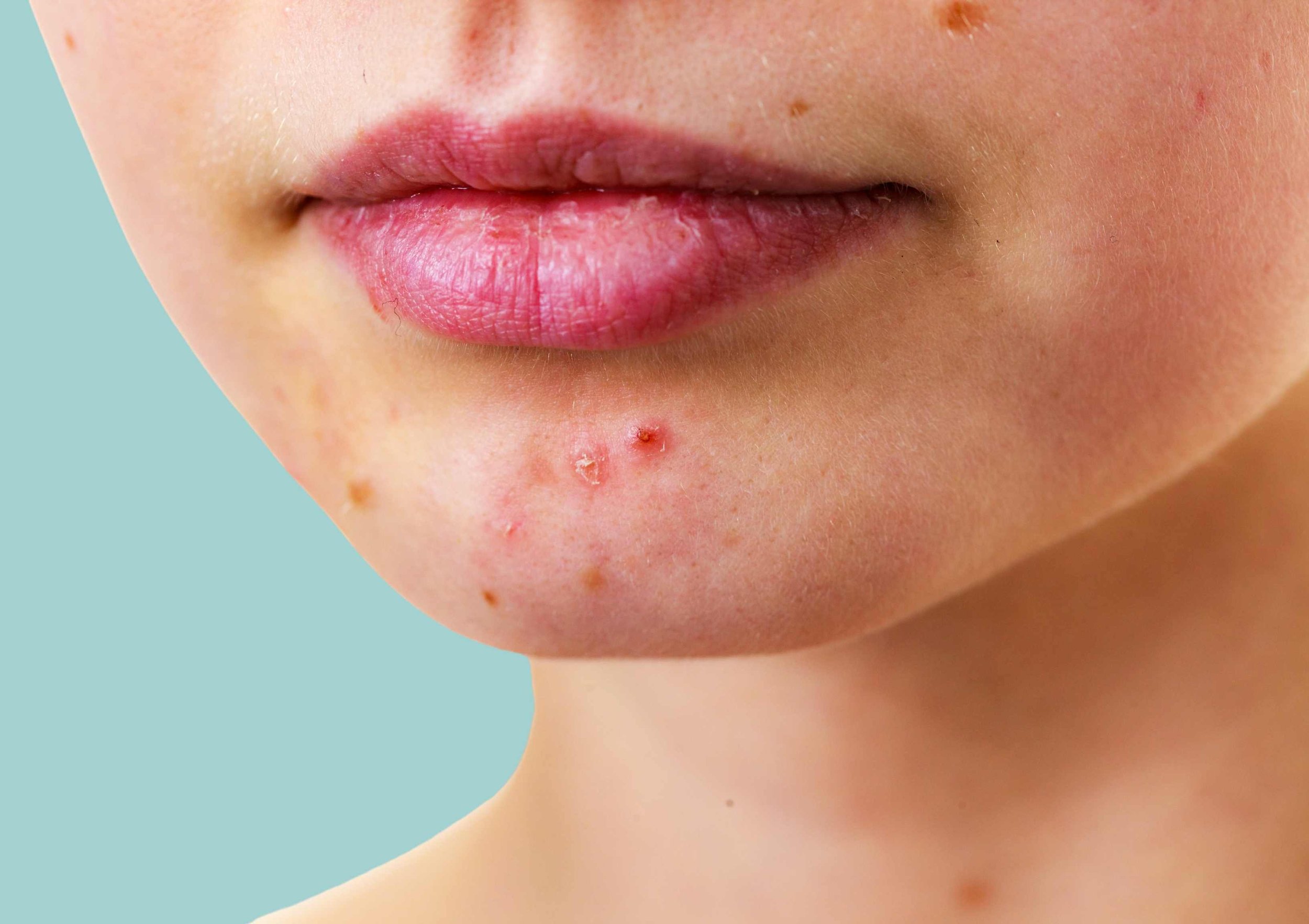What Causes Acne?
What Causes Acne?
Blemishes, breakouts, pimples… these terms are often used interchangeably to mean the same thing. But did you know that there are actually several different types of acne? Identifying which kind of acne you’re experiencing is key to finding an effective treatment. But before you can determine the type of acne you have, you need to understand what causes your skin to break out in the first place. Continue reading as we explore the basics of breakouts and how best to avoid them.
What causes adult acne?
Simply put, acne is the result of clogged pores. Dead skin cells, dirt, oil, makeup, and other impurities build up and block your pores from getting a deep, thorough clean, causing acne to appear. Other factors like diet, hormonal changes, genetics, and even your choice of products are suspected to play a role in the development of acne.
Acne can affect individuals of all ages, specifically those in their younger adolescent years. While acne is widely considered a teen affliction, the truth is that adults experience acne nearly as often. In fact, acne is one of the most widely reported skin conditions among all ages and demographics.
Different types of acne
Now that you’ve got a grasp on some of the causes of acne, let’s take a closer look at the various types of breakouts and what they might indicate about the health of your skin. Blemishes are first categorized as inflammatory or non-inflammatory and further broken into subcategories. Inflammatory acne is that which results in redness and swelling, while non-inflammatory acne is far less noticeable and typically treatable with over-the-counter pore clarifying skincare.
Non-inflammatory acne
Non-inflammatory acne will rarely cause redness or swelling unless you’re picking and prodding at your skin. The two subtypes of non-inflammatory acne are blackheads and whiteheads. This type of acne can be easily improved with blemish clearing skincare that helps loosen, tighten and tone clogged pores.
Blackheads (open comedones)
Blackheads are easy to identify by their dark, dirt-like color. When your pores become clogged with dead skin cells and excess sebum, a small black opening occurs. Blackheads often concentrate on the face, particularly around the nose and chin which are prone to excess oil buildup.
Salicylic acid products, a well-known ingredient in drugstore skincare, is quite effective at treating blackheads. It acts as a natural exfoliant, lightly sloughing off dead skin cells to reveal a clean, clear complexion. Incorporating blemish clarifying products and pore tightening skincare can help clear pores.
Whiteheads (closed comedones)
Like their counterpart, whiteheads also arise from pores clogged by dirt and other impurities. The difference is, unlike blackheads, whiteheads close after clogging and trap pollutants within the pores. Due to this slight difference, whiteheads can be a bit of a challenge to treat. Finding an effective solution requires some trial and error, but salicylic acid and topical treatments can help heal whiteheads. In more severe cases, you may need to consult with a dermatologist for a prescription-strength retinoid.
Inflammatory acne
As you might’ve guessed, inflammatory acne is that which results in redness, swelling, and discomfort. These painful spots are less susceptible to over-the-counter remedies and may require topical or even oral treatment prescribed by a professional. Products containing benzoyl-peroxide, certain retinoids, and isotretinoin may be required to resolve your inflammatory acne, though the best solution will vary by subtype.
Papules
If you’ve ever experienced a firm, swollen bump on your skin that feels tender to the touch, chances are it was a papule. Papules are pink in color and usually small to medium-sized.
Pustules
Pustules are similar to papules except that they’re filled with puss, as the name suggests. This type of inflammatory acne appears as a red bump with a white or yellow head. Like papules, pustules can also cause quite a bit of discomfort.
Nodules
Nodules are a severe type of acne that occurs when clogged pores become inflamed deep beneath the skin’s surface. Swelling increases resulting in large, sensitive bumps. Unfortunately, nodules are difficult to treat at home and almost always require a prescription from a dermatologist.
Cysts
When pores become clogged with bacteria, dead skin cells, and sebum, the result is a painful puss-filled cyst. Cysts form due to infection deep within your pores and can be incredibly uncomfortable for those who are unlucky enough to experience them. Cystic acne is also the most likely to cause scarring.
How to get rid of acne
By now you know that the greatest factor in helping to heal acne is your choice of products. But there are a few healthy habits you can adopt in your every day to reduce your chances of experiencing severe breakouts. The following are a few of our insider tips:
Keep your skin clean by washing with a gentle cleanser morning and evening.
Tone and tighten pores with a facial toner or astringent.
Avoid touching your face unnecessarily.
Try not to squeeze or pick at blemishes as this only spreads bacteria and increases your chance of scarring.
Clean your phone and other devices that may regularly touch your face.
Wash your hands before applying your makeup or skincare products.
Opt for makeup that’s formulated for sensitive skin types and always check the ingredient list.
Maintain clean hair and keep it away from your face.
Best adult acne treatment
If your acne is mild enough that you’re not quite ready to consult a dermatologist, give Moody Sisters a try instead. The babes behind this biz have made it their passion to offer high-quality products, crafted from organic ingredients that are nurturing to the skin. Shop the best products for acne and zits here.













